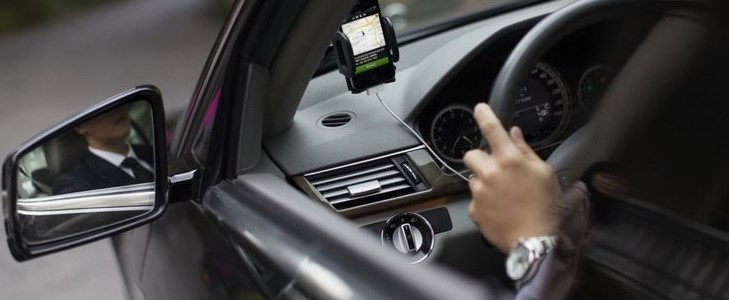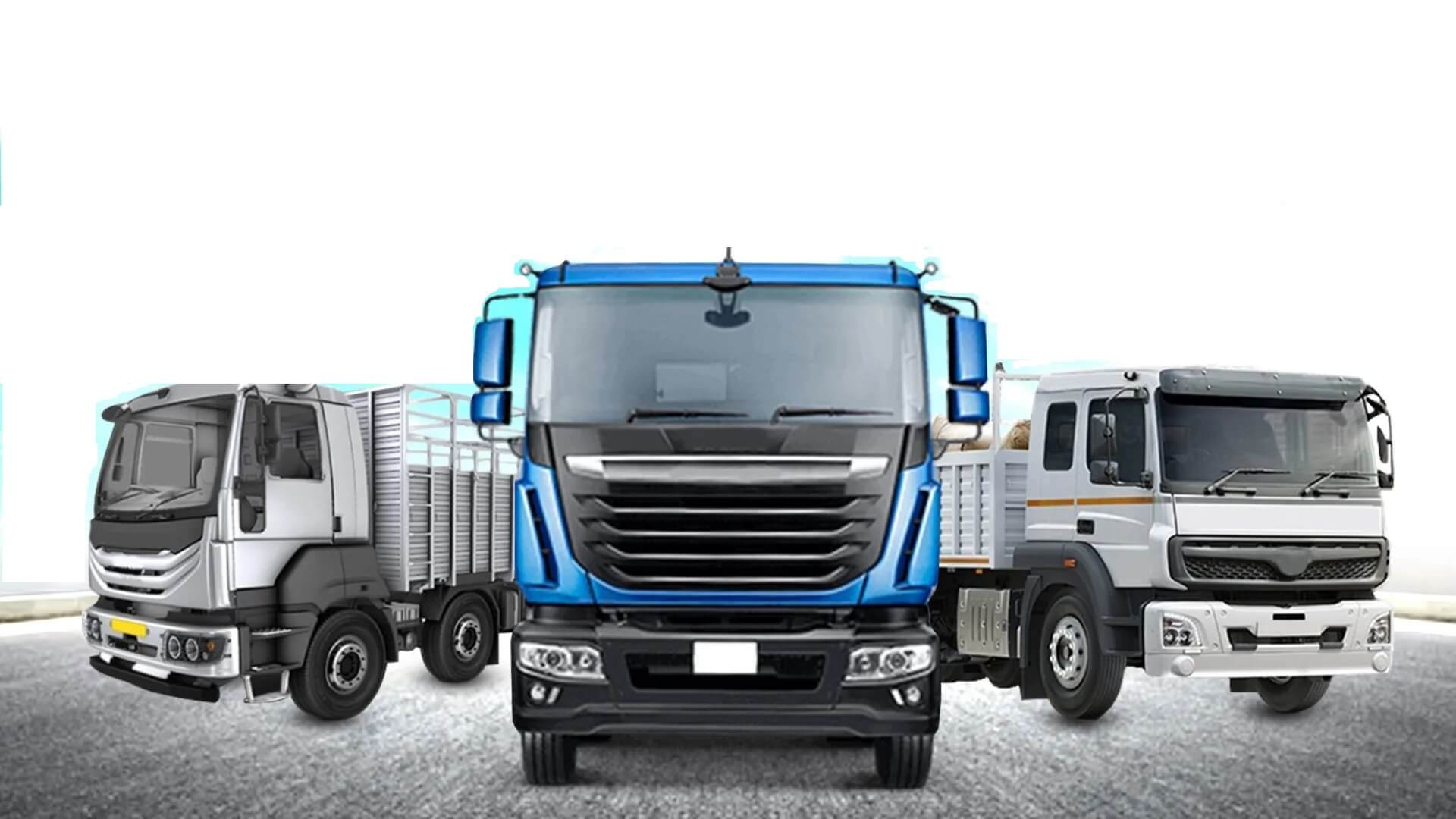For drone enthusiasts, photographers, and professionals, maximizing flight time can be essential to getting the most out of each aerial adventure. Whether you’re capturing beautiful landscapes, mapping terrains, or simply enjoying the freedom of flight, the right battery choice can make a big difference. In this article, we’ll explore how to select and maintain the best battery for drone, along with practical tips to help you stay in the air longer.
1. Understanding Drone Battery Basics
Types of Drone Batteries
Not all drone batteries are created equal, and understanding the different types is the first step toward better battery management. The most common types are:
- Lithium Polymer (LiPo): LiPo batteries are the go-to choice for most drones due to their lightweight nature and high energy density. They deliver high power output, making them ideal for longer flights, though they need careful handling to avoid damage.
- Lithium-Ion (Li-ion): These batteries are durable and have a longer lifespan than LiPo batteries, but they are generally heavier, which can reduce flight time.
- Nickel Metal Hydride (NiMH): These batteries are heavier and less efficient, and they’re mostly found in older or budget-friendly drones. NiMH batteries are usually not recommended for high-performance drones.
Key Battery Specifications
When evaluating batteries, focus on these key specs:
- Capacity (mAh): Measured in milliampere-hours, capacity indicates how much energy the battery can hold. A higher mAh generally means longer flight time.
- Voltage (V): Voltage affects the power output of the battery. For most drones, higher voltage means better performance.
- Weight: Heavier batteries can affect a drone’s ability to stay airborne. It’s essential to balance the battery weight with its capacity and voltage for optimal performance.
2. Selecting the Right Battery for Extended Flight Time
Matching Battery to Drone Model
Each drone model has its own power requirements, so it’s crucial to use a battery compatible with your drone. Choosing a higher-capacity or higher-voltage battery than recommended could damage your drone’s internal systems, while a battery with insufficient capacity may result in very short flights.
Opting for High-Capacity Batteries
High-capacity batteries can significantly increase your drone’s flight time, but they may also add weight, which can impact agility. Several popular drone models have high-capacity battery options available, like DJI’s Intelligent Flight Battery series, which provides extended flight time for various models. Always check reviews and product specifications to ensure that a higher capacity option is compatible with your model.
3. Maximizing Flight Time Through Battery Maintenance
Best Charging Practices
Proper charging is vital for battery longevity and performance. Here are some best practices:
- Avoid Overcharging: Overcharging can shorten a battery’s lifespan and even lead to dangerous situations. Use a charger that automatically stops when the battery is full.
- Charge at Room Temperature: Charging in extreme temperatures can damage your battery. Room temperature is ideal for charging to ensure safety and longevity.
Storing Batteries Correctly
Proper storage is another factor in extending battery life. To store drone batteries correctly:
- Store at 40–60% Charge: Fully charged batteries should not be stored for extended periods, as it can degrade the cells. For long-term storage, discharge to about 40–60%.
- Avoid Extreme Temperatures: Store batteries in a cool, dry place, ideally between 20°C to 25°C (68°F to 77°F), to maintain their condition.
Routine Checks
Regularly inspect batteries for any swelling or damage, especially for LiPo batteries. Damaged batteries should be recycled properly and replaced immediately, as they could be unsafe to use.
4. Smart Flight Management for Longer Battery Life
Ideal Flying Conditions
Choosing favorable flying conditions can help reduce battery drain. Try to fly in calm weather, as high winds or extreme temperatures will make your drone work harder, draining the battery faster.
Adjusting Flight Settings
Most modern drones come with different flight modes that allow you to conserve battery power.
- Battery-Saving Flight Modes: Use lower performance modes that consume less power. For example, DJI drones have a Tripod Mode, which restricts speed and minimizes power consumption.
- Adjust Controller Settings: Set your controller to optimal performance to avoid excessive battery usage.
Reducing Payload Weight
The less weight your drone has to carry, the less power it will consume. If you’re not using certain accessories or gear, remove them to reduce the payload and extend flight time.
5. Advanced Solutions for Longer Drone Flights
Using Parallel Battery Configurations
For drones that support it, using two or more batteries in parallel can extend flight time. However, this configuration adds weight and isn’t compatible with every drone. Be sure to verify your drone’s compatibility before attempting this setup.
Exploring Solar Charging Solutions
Some enthusiasts are experimenting with solar chargers for their drones. Portable solar charging systems can be a great addition for those who frequently fly in remote areas. Just keep in mind that this solution is often best suited for low-power or lightweight drones.
6. Trusted Drone Battery Brands
Top Brands and Recommended Products
When it comes to drone batteries, choosing a trusted brand ensures safety and quality. Here are some of the most popular brands:
- DJI: Known for its high-quality, reliable batteries specifically designed for its own drones.
- Tattu: Offers a wide range of LiPo batteries with excellent power output.
- Venom: Known for durable, high-performance batteries compatible with a variety of drone models.
Conclusion
Choosing the right battery, maintaining it properly, and optimizing flight practices are the keys to extending your drone’s flight time. High-quality batteries, smart storage, and careful use will ensure you spend more time flying and less time recharging.
FAQs
Q1: What is the best type of battery for drones?
A: Lithium Polymer (LiPo) batteries are the most commonly used for drones due to their lightweight design and high power output, ideal for longer flights.
Q2: How do I know if my drone battery needs replacing?
A: Signs your battery needs replacing include a noticeable drop in flight time, swelling, or if it no longer holds a charge effectively.
Q3: Can I use any battery for my drone?
A: No, each drone has specific power requirements. Always use batteries that are compatible with your drone model and meet the manufacturer’s recommendations.
Q4: Does the weather affect battery life?
A: Yes, cold weather can cause batteries to drain faster, while hot weather may cause overheating. Flying in mild temperatures is ideal for optimal battery performance.
Q5: How do I store my drone battery when not in use?
A: Store your battery in a cool, dry place at about 40–60% charge. Avoid fully charged or fully discharged storage to prevent battery degradation.




